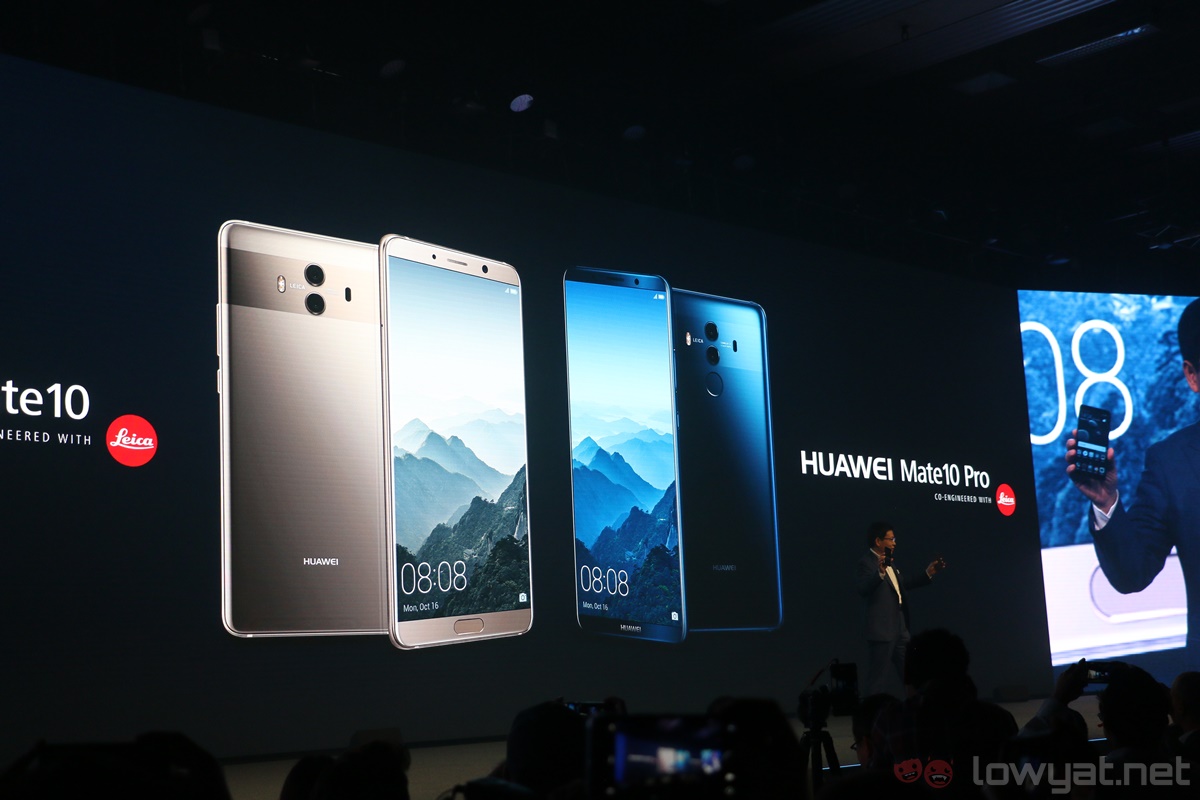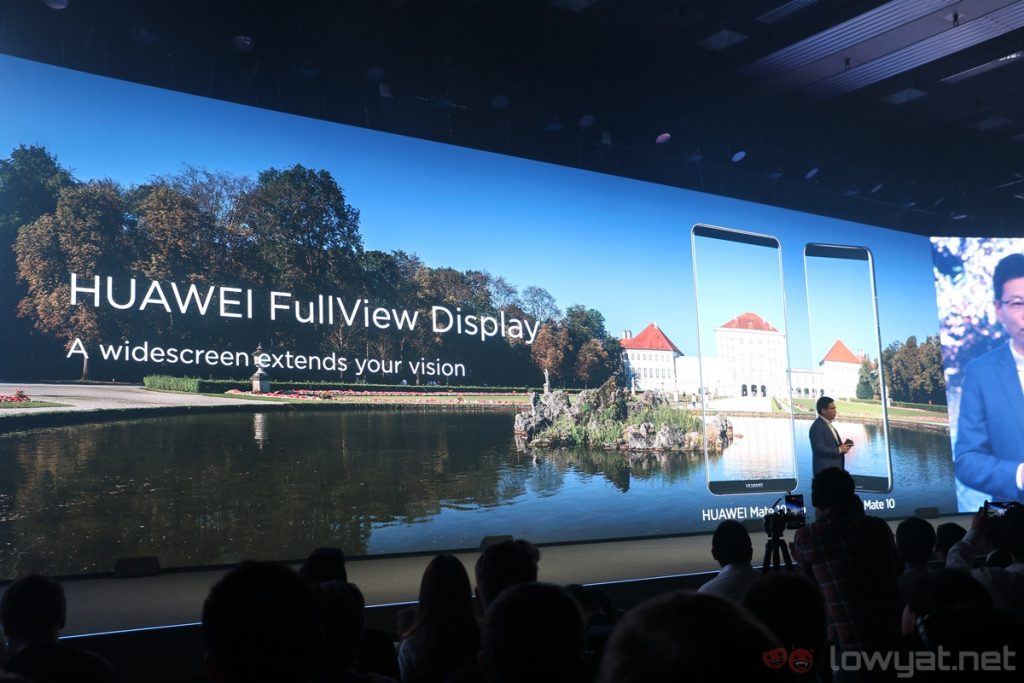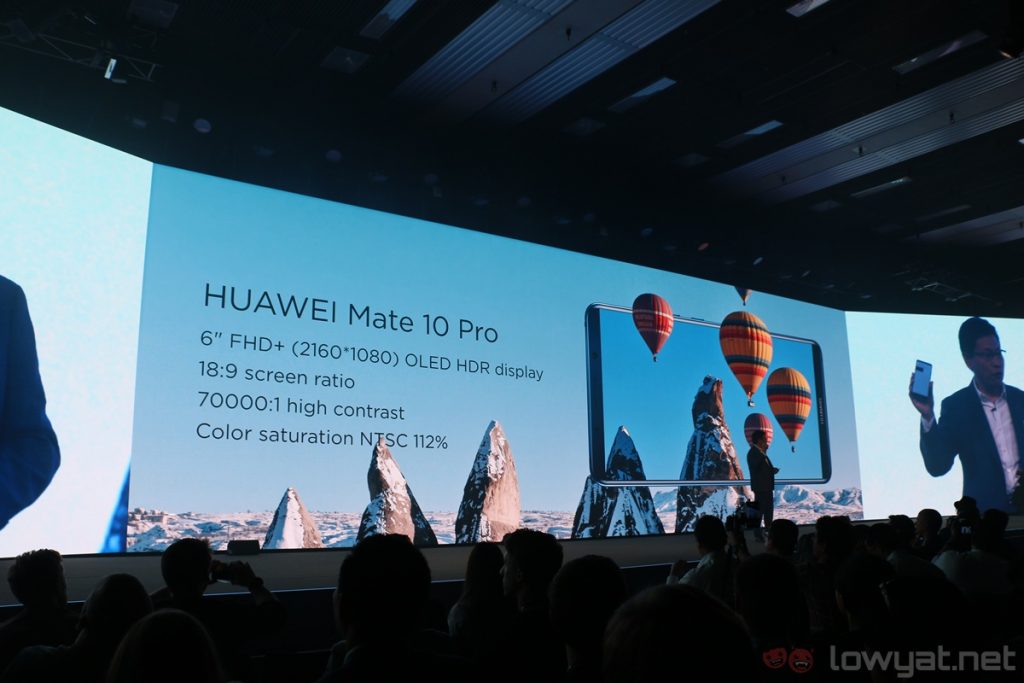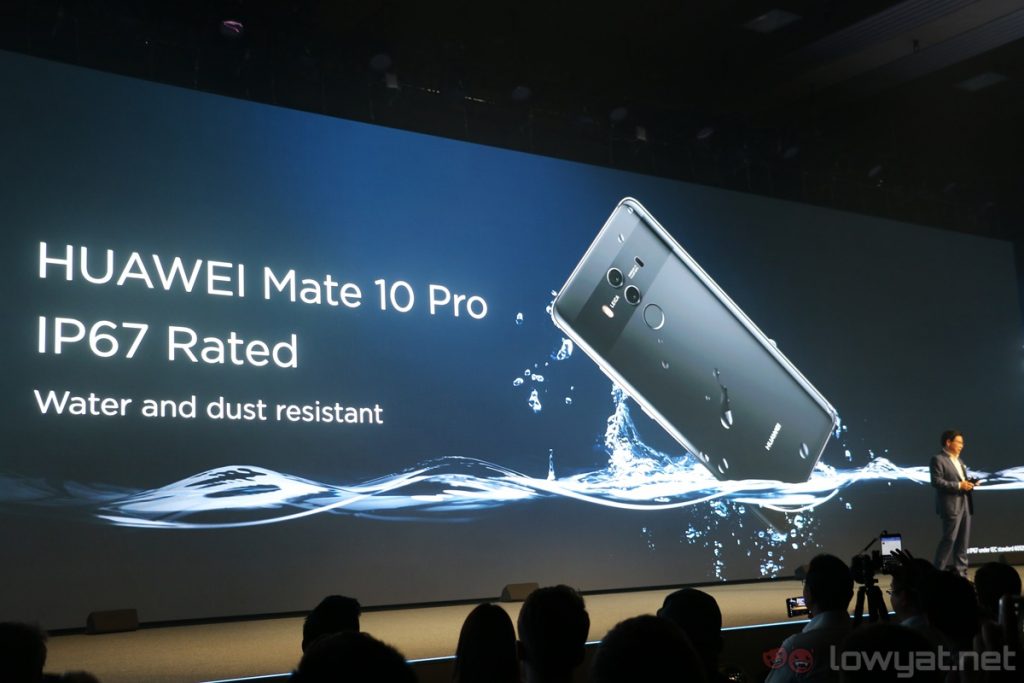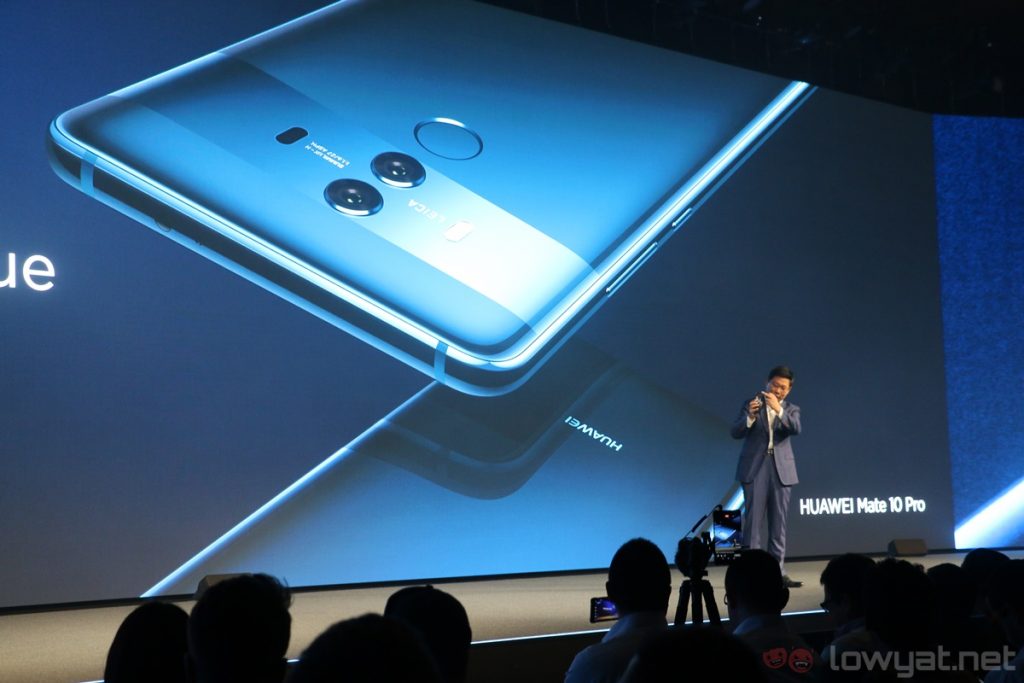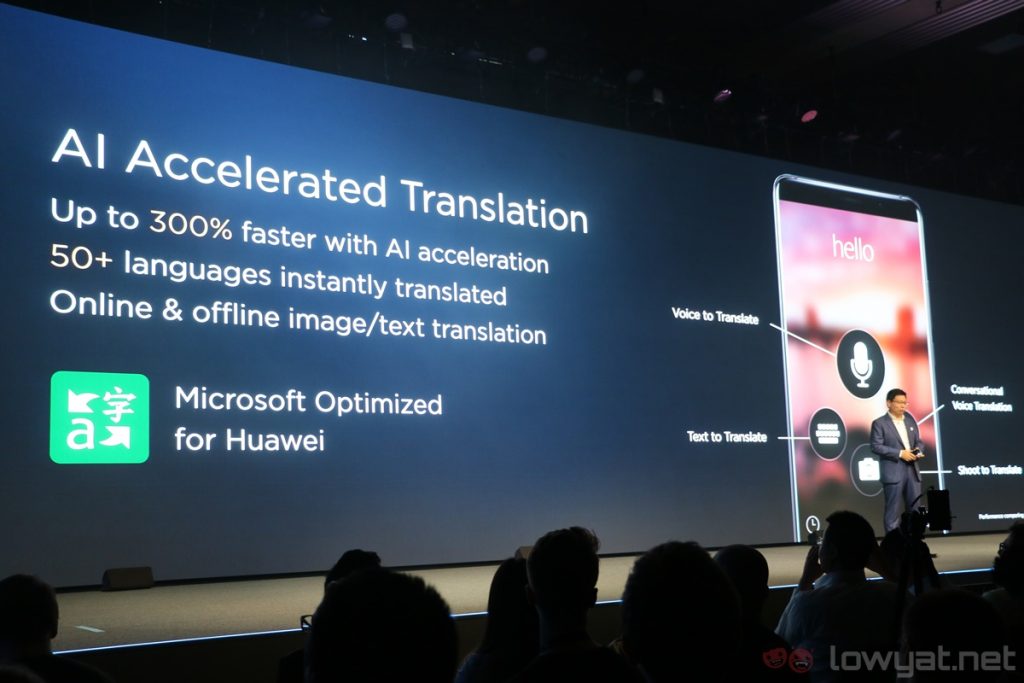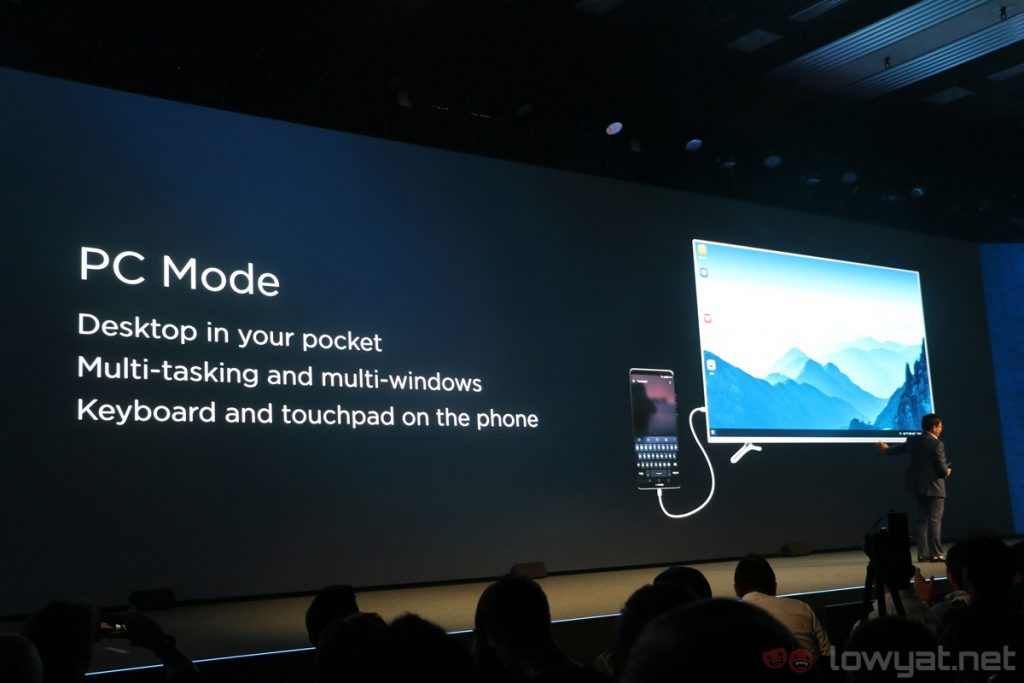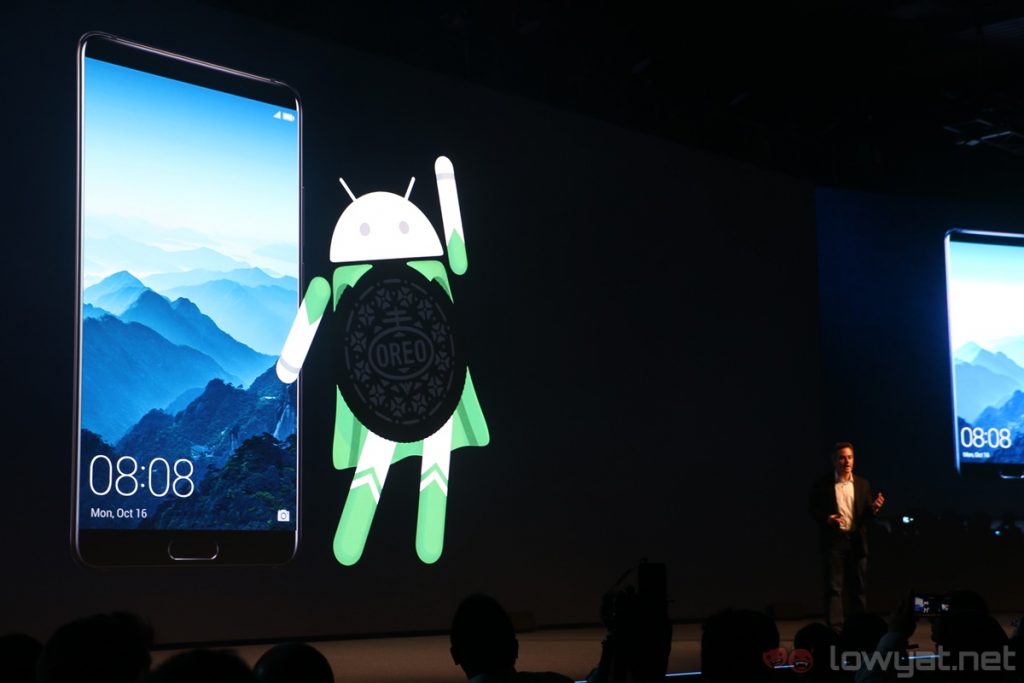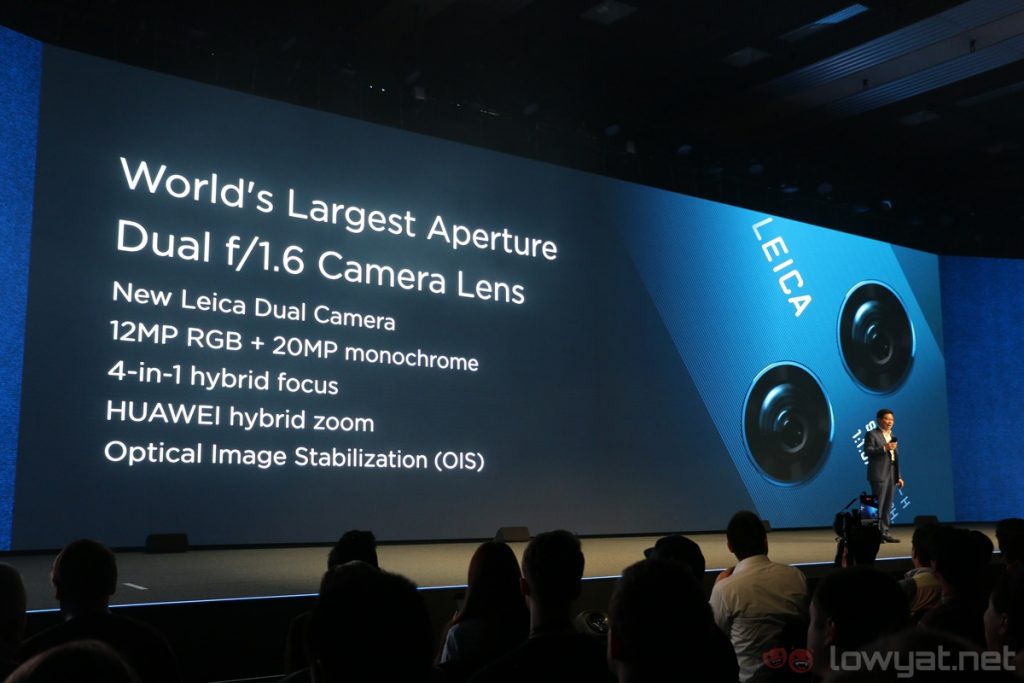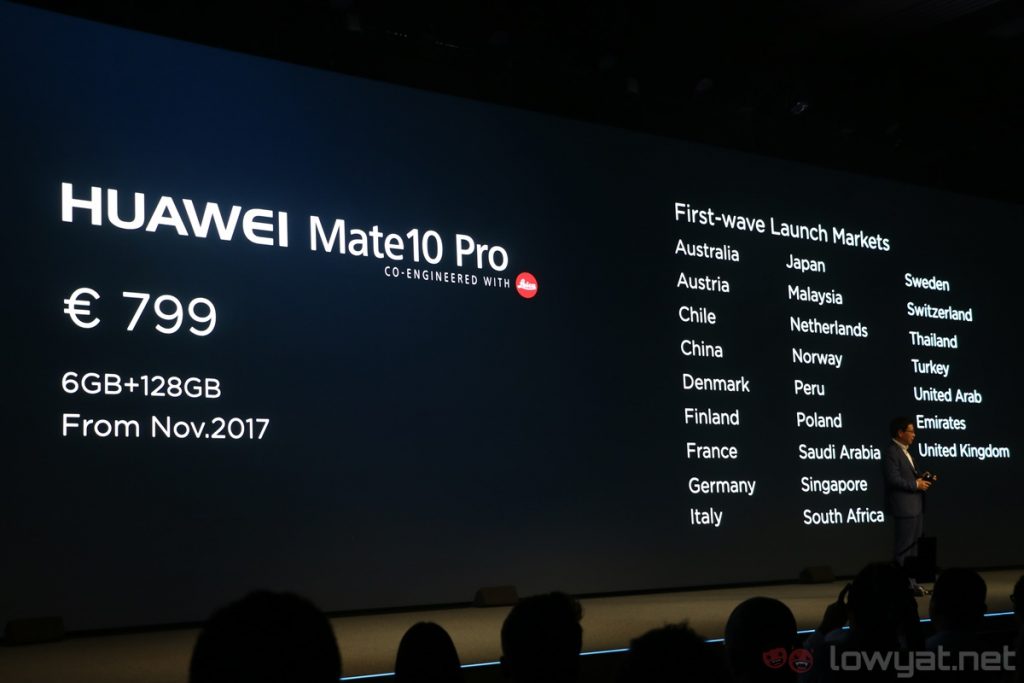The Huawei Mate 10 series is finally here, and the more interesting device of the two is definitely the Mate 10 Pro. Featuring an 18:9 FullView display with very minimal bezels and an IP67 rating, the Mate 10 Pro is naturally a more premium offering than the standard Mate 10.
What differentiates the Mate 10 Pro from the standard model come down to several key hardware aspects. One of the most obvious differences lies in the Pro’s taller and narrower 6-inch 18:9 FullView display. Not only does it support HDR10, it is also an OLED panel, which sports better colour contrast and power efficiency than a standard LCD display.
However, oddly enough, the Mate 10 Pro’s OLED display isn’t quite as sharp as the Mate 10’s more conventional 16:9 LCD display: it’s “only” a 2160 x 1080 display. In contrast, the Mate 10 has a sharper 2560 x 1440 panel. It’s quite an oddity – especially considering the Mate 10 Pro’s more premium positioning – but there is one benefit to this: better battery life.
Much like the Mate 10, the Mate 10 Pro is also equipped with a 4,000mAh battery in an even thinner body – it’s only 7.9mm thin compared to the Mate 10’s slightly thicker 8.2mm chassis. Thanks to the lower resolution display and the inherent power efficiency of OLED panels, we expect the Mate 10 Pro will boast better battery life.
Beyond battery capacity, the Mate 10 Pro also comes with more RAM and storage than the Mate 10 at 6GB and 128GB respectively. However, there’s one caveat here: the Pro does not support expandable storage. On top of that, it also lacks a 3.5mm headphone jack, although it does have an IP67 rating, making it Huawei’s first water- and dust-resistant smartphone.
And then we have the new Kirin 970 chipset. Thanks to the SoC’s NPU – Neural Processing Unit – both the Mate 10 Pro and Mate 10 are more efficient when it comes to AI-intensive tasks. These include offline speech, text, and even image translation; all done with the Microsoft Translator app. As this particular feature utilises the Kirin 970’s NPU, we imagine the app will perform better on the Mate 10 and Mate 10 Pro.
Another new feature introduced on the Mate 10 Pro is PC Mode. Essentially, it’s very similar in practice to Samsung’s DeX, only in Huawei’s case, you don’t need any custom dock. Just use a simple USB-C to HDMI or VGA adapter to connect your Mate 10 Pro to a display, and you have yourself a desktop experience.
On the software side of things, the Mate 10 Pro ships with EMUI 8.0 based on Android 8.0 Oreo out of the box. That’s right: Huawei is overhauling EMUI’s numbering system to better reflect the version of Android it’s based on. It’s really a pretty good move on Huawei’s part to avoid confusion.
Last but definitely not least is the Mate 10 Pro’s new Leica-certified dual-camera system. Just like the Huawei P10, the Mate 10 Pro rear cameras are made up of a 20MP monochrome sensor and a 12MP RGB sensor. The key difference? A larger f/1.6 lens on both sensors, which should improve camera performance quite a bit.
Interestingly, the Mate 10 Pro dual-camera setup also comes with a four-in-one hybrid focus system, which takes advantage of laser, depth, contrast, and phase detection autofocus. Of course, the Pro also comes with optical image stabilisation and an 8MP f/2.0 front-facing shooter.
The Huawei Mate 10 Pro is easily more exciting and refined than its predecessor, and we will get some hands on time with the device soon. The Mate 10 Pro will be available in four colours: Titanium Grey, Midnight Blue, Pink Gold, and Mocha Brown. It will be priced at 799 Euro (about RM3,980), and will be coming to Malaysia sometime in November.
Follow us on Instagram, Facebook, Twitter or Telegram for more updates and breaking news.


